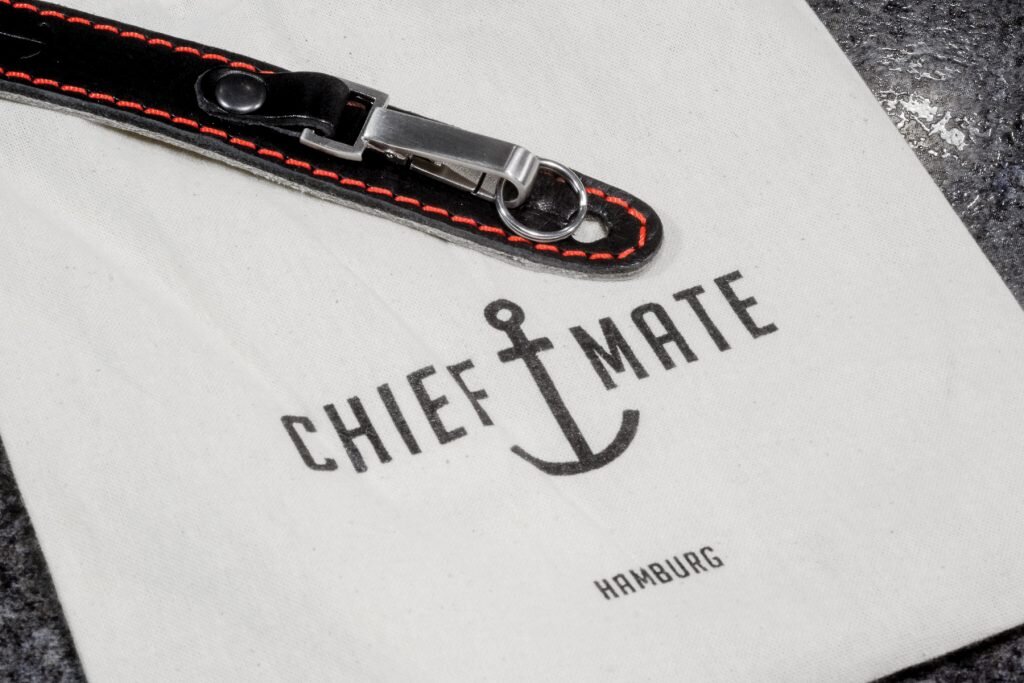Book Review: SEAFARERS by PATRICK LUDOLPH
My review of Patrick’s book, Seafarers, accompanies his story and images of his travels on three container ships of the Hapag-Lloyd line. Seafarers is the result of the images and experiences Patrick had experienced while on these voyages. Patrick lives in Hamburg, Germany’s largest port. According to Wikipedia, Hamburg is the second busiest port in Europe after Rotterdam, and handles over 9.73 million TEUs per year. TEU stands for 20 foot Standard Container Equivalent, the most typical standard container sizes being 20 foot and 40 foot. Wow, that’s a lot of freight, almost 10 million containers per year!
Growing up, Patrick was always aware of these leviathans coming and going on the Elbe River to the port of Hamburg. It had always been a dream of his to ride along on a containership, to see what the sailors see on their travels to ports around the world. Patrick pitched his concept to the Hapag-Lloyd Line and in 2016, got the green light to document life aboard a container ship. His first trip was aboard the Leverkusen Express which has a capacity of 13,200 TEU. Remember, that is over 13,000 container units! In terms of sheer size, the Leverkusen Express is 366 meters in length with a width of 48 meters. That is one big boat! Patrick also sailed on two other Hapag-Lloyd Line container ships while documenting life on board for his book. The immense size of these vessels presents quite a challenge to the photographer trying to document life aboard.
Of course, of interest to LHSA members is Patrick’s use of Leica cameras and lenses to document his travels for Seafarers. He used the M240 with another M240 as backup, as well as the Leica Q to back up the M cameras! On his last trip, he had the new M10 along as well. For lenses, he used the 21,35 and 50mm Summiluxes and the 75/2 Summicron-M. He later added a 15mm Voightlander lens as even the 21 was not wide enough while on ship. Patrick likes to use the Leica M for its full frame format, superior image quality and the fact that the cameras look a bit old fashioned and less intimidating to the crew member he is photographing.
Patrick’s book is beautifully illustrated. The book is 233 pages, with color photographs on nearly every page. The book is hardbound in cloth with a dust jacket in a 33 x 33 cm large coffee table format (12 x 12 inches). The text is in both German and English, which makes the subject matter very approachable and informative for most readers. Patrick does a fantastic job conveying what life is like while living and working on a container ship, with both his images and wonderful text. Patrick has done a wonderful job with this interesting and little known subject. It is amazing when one considers that almost every product which comes from overseas, which we see on an everyday basis and take for granted, travels across the vast oceans on these mighty ships. Not only does Patrick give us a sense of what these ships are like to live and work on, but gives us a wonderful portrait of the men and women who are the seafarers.
Seafarers is available for international orders through the LFI shop. They will ship signed copies of the book:lfi -online.de/ceemes/en/shop/seafarers-seefahrer-1005040.html CHIEF MATE STRAPS
REVIEW
Patrick also sent me a sample of his Chief Mate strap to review along with the book. In Patrick’s own words, “I wanted a camera strap that I could attach and detach quickly. I like having my camera on a strap while I am traveling or shooting reports, but it gets in the way during photo shoots. Besides working easily, I also really wanted it to look good. I wanted a leather strap with a classic design.
”The straps are beautifully made in Hamburg, Germany, with great attention to detail, and as Patrick points out, they smell great, too! Th e strap Patrick sent was black with a gray Nubuck leather backing, with red stitching all around. Quite stunning! What sets these straps apart from all others is the method of attaching the strap to the camera. First, you attach a standard stainless split ring to the camera’s lugs, and then the split ring is threaded through the strap, and then a quick release carabiner is attached to the split ring. Th is makes for an incredibly strong and secure attachment of camera and strap. Yet, one can detach the camera in seconds from the strap for ease of shooting. It’s quite an ingenious system.
The straps are available in three colors: black, dark brown and a light cognac brown. It is also available in two lengths: 125 cm and 138 cm for those who prefer a cross-chest carry.
Patrick’s straps are available directly from his website http://shop. neunzehn72.de/ or from selected retailers




